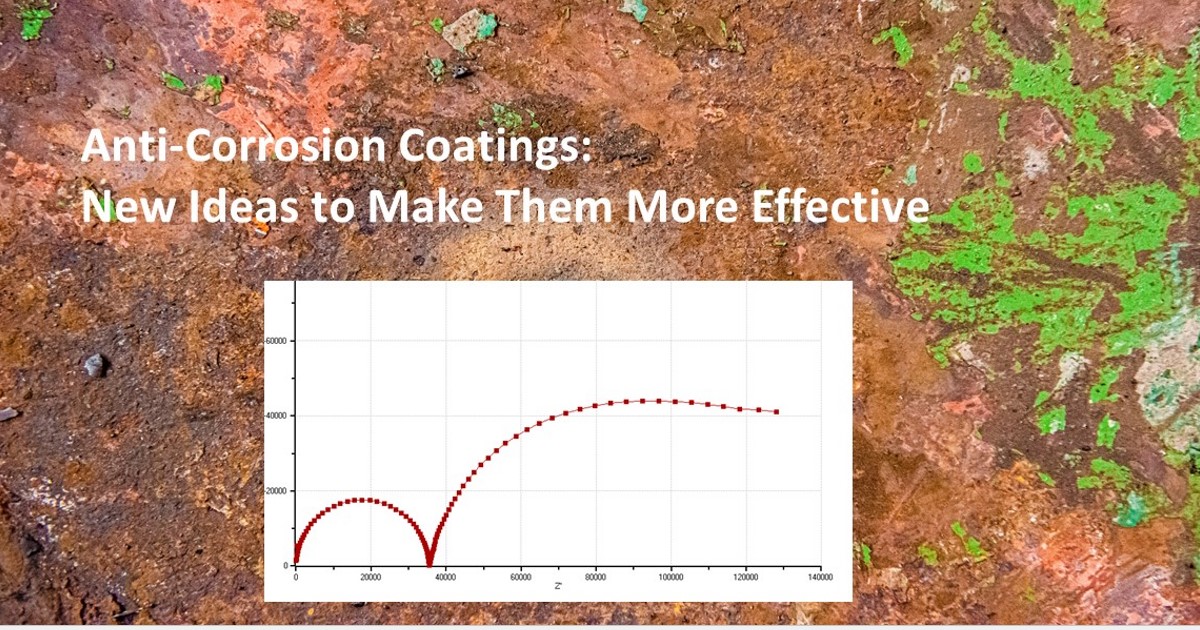- 2.8Impact Factor
- 5.4CiteScore
- 15 daysTime to First Decision
Anti-Corrosion Coatings: New Ideas to Make Them More Effective
This special issue belongs to the section “Corrosion, Wear and Erosion“.
Special Issue Information
Dear Colleagues,
In practice, corrosion prevention primarily involves the use of protective coatings. This is because this technology is highly versatile, easy to use, cost-effective, able to provide optimal functionality, able to improve the durability of equipment and structures, and is very flexible and amenable to improvements.
We need new, more effective means to ensure the more sustainable and environmentally friendly development of civilization. By extending the service life of devices and structures and reducing or eliminating failures and environmental pollution, corrosion protection is part of this aspiration.
There is high demand for high-performance nano-structured coating systems. Their use can provide a significant increase in the effectiveness of corrosion protection and meet the level of multifunctionality desired in many applications.
We have many laboratory-tested ideas for new, better, and more effective anti-corrosion coatings. Let us not let them be unknown to others. Let us share this information through publications.
This Special Issue will serve as a forum for papers that may include (but are not limited to) research on the following concepts:
- New ideas in corrosion-protective coating mechanisms.
- Self-healing and self-stratifying polymer systems.
- Recent developments in multifunctional, high-performance coatings.
- Coatings produced by different technologies, especially environmentally friendly technologies.
- The use of new, multifunctional pigments, in particular in flake form (e.g., graphene).
- Reductions in the zinc content of zinc-rich coatings through the use of conductive additives (e.g., carbon nanomaterials).
- New concepts and ideas for testing coating products not only in the laboratory but also actual in industrial or infrastructural conditions.
- High-performance coating testing exposed to high temperatures, pressures, stresses, vibrations, and other extreme environmental conditions.
- Understanding the mechanisms of degradation of coatings in industrial conditions in the presence of friction, wear, vibration or other dynamic loads, and a chemical environment.
- Improvements in the adhesion of coatings to various substrates (e.g., steel or galvanized steel).
Dr. Andrzej Miszczyk
Guest Editor
Manuscript Submission Information
Manuscripts should be submitted online at www.mdpi.com by registering and logging in to this website. Once you are registered, click here to go to the submission form. Manuscripts can be submitted until the deadline. All submissions that pass pre-check are peer-reviewed. Accepted papers will be published continuously in the journal (as soon as accepted) and will be listed together on the special issue website. Research articles, review articles as well as short communications are invited. For planned papers, a title and short abstract (about 250 words) can be sent to the Editorial Office for assessment.
Submitted manuscripts should not have been published previously, nor be under consideration for publication elsewhere (except conference proceedings papers). All manuscripts are thoroughly refereed through a single-blind peer-review process. A guide for authors and other relevant information for submission of manuscripts is available on the Instructions for Authors page. Coatings is an international peer-reviewed open access monthly journal published by MDPI.
Please visit the Instructions for Authors page before submitting a manuscript. The Article Processing Charge (APC) for publication in this open access journal is 2600 CHF (Swiss Francs). Submitted papers should be well formatted and use good English. Authors may use MDPI's English editing service prior to publication or during author revisions.
Keywords
- anti-corrosion coatings
- high-performance coatings
- coating testing
- coating reliability
- multifunctional coatings

Benefits of Publishing in a Special Issue
- Ease of navigation: Grouping papers by topic helps scholars navigate broad scope journals more efficiently.
- Greater discoverability: Special Issues support the reach and impact of scientific research. Articles in Special Issues are more discoverable and cited more frequently.
- Expansion of research network: Special Issues facilitate connections among authors, fostering scientific collaborations.
- External promotion: Articles in Special Issues are often promoted through the journal's social media, increasing their visibility.
- e-Book format: Special Issues with more than 10 articles can be published as dedicated e-books, ensuring wide and rapid dissemination.

